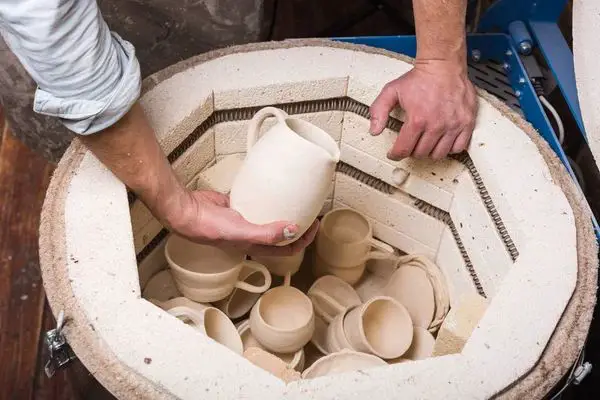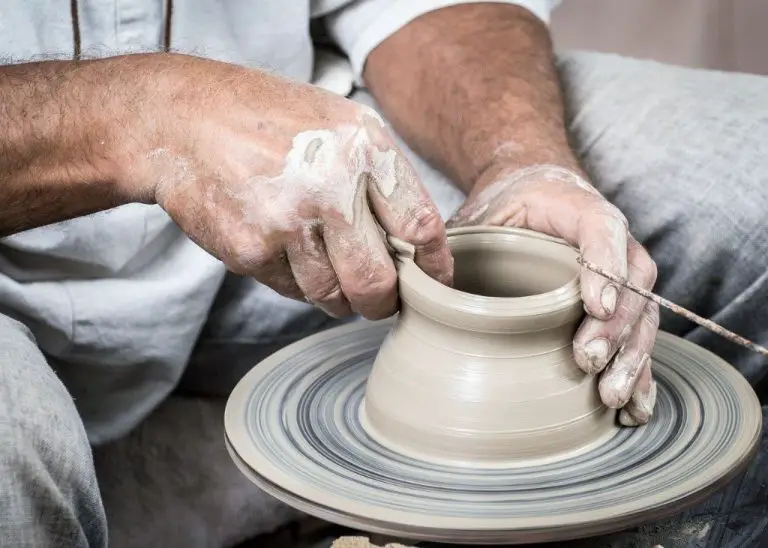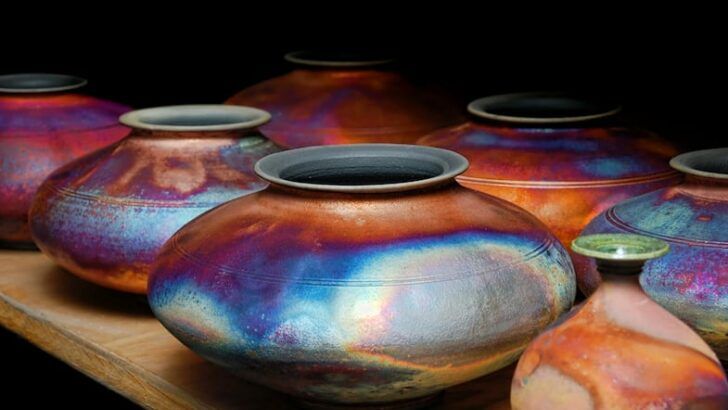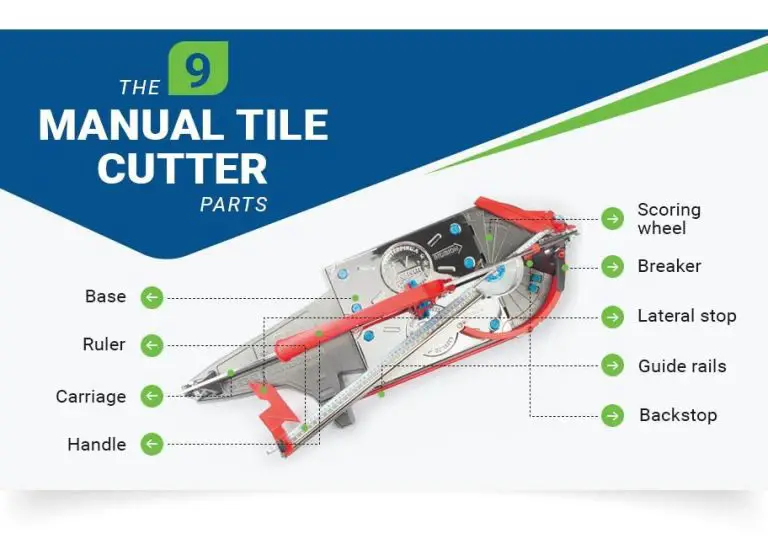How Much Does A Small Kiln Cost For Pottery?
Kilns play an important role in pottery making by heating ceramic materials to high temperatures to permanently harden them. Kilns allow potters to precisely control firing temperatures and conditions to achieve desired effects in their finished pottery wares.
Kilns date back thousands of years and originally consisted of simple pit kilns dug into the ground. Over time, more advanced kilns emerged to provide better temperature regulation through design improvements like chimneys and shelving. Modern electric and gas kilns allow for very precise and automated firing.
When selecting a kiln, potters must consider factors like size, energy source, temperature range, and costs. Small hobbyist kilns can be purchased at an affordable price point while large industrial kilns require major investments. This article will provide an overview of kiln options and costs for potters looking to purchase a small kiln for their studio.
Types of Kilns
There are three major types of kilns commonly used by hobby potters:
Electric Kilns
Electric kilns are one of the most popular types of kilns for hobby potters, according to Typesofkilns.com. They provide excellent temperature control through the use of electronic controllers and are relatively inexpensive to operate. Electric kilns are easy to install as they simply need to be plugged into a wall outlet. They are a good choice for small home studios or schools. Some downsides are that they may require special electrical hookups for larger models, and they do not provide an authentic wood-fired effect.
Gas Kilns
Gas kilns use propane or natural gas to fuel the flames that fire ceramics, according to Potterycreative.com. They allow potters to achieve effects like wood firing without needing to constantly stoke the flames. Gas kilns heat up quickly and cool down quickly after firing. They provide a lot of control over the firing process. The main downsides are that gas lines may need installation, ventilation is required, and operating costs tend to be higher than electric kilns.
Wood-Fired Kilns
Wood-fired kilns provide an authentic, traditional method of firing pottery, as explained by Kilnfrog.com. They impart a unique look from the direct flame. However, they require constant monitoring and wood fuel. These kilns allow less control over temperature and effects. Wood-fired kilns are more labor-intensive but can help potters achieve one-of-a-kind results.
Factors Affecting Cost
The cost of a small kiln can vary greatly depending on several key factors. The main factors that affect the price are:

Kiln Size
The interior dimensions and overall size of the kiln chamber will impact cost. Larger kilns allow you to fire more pieces at once, but take up more space and require more energy to achieve target temperatures. Small tabletop kilns for personal use are the most affordable options.
Heating Method
Electric, gas, and wood-fired kilns each have pros and cons regarding convenience, costs, and effects on the finished ceramic piece. Electric kilns tend to be the most inexpensive and convenient for hobbyists and smaller operations. Gas and wood-fired kilns require more specialized skills and safety considerations.
Temperature Range
The maximum temperature the kiln can reach affects price. Kilns that reach higher temperatures, such as stoneware and high-fire kilns, are generally more expensive. Low-fire kilns only reaching bisque temperatures are typically the least expensive.
Average Cost
A small hobby kiln suitable for home pottery typically ranges from $300 to $2,000 depending on the size, features, and type of kiln. The average price for a entry-level tabletop kiln is around $600 to $800. These are small electric kilns that hold only a few pieces.
For larger capacity electric kilns suitable for more advanced potters, expect to pay $1,200 to $1,800. These mid-range models may reach temperatures over 2300°F and accommodate 10-20 pieces. At the high end, extra large computerized kilns with special features can cost $2,500 or more.
Gas and wood-fired kilns also vary in price based on size and materials. A basic gas test kiln can start around $1,500 while large wood-burning kilns are $2,000+. Keep in mind these alternate fuel kilns require more space and ventilation.
Electric Kilns
Electric kilns are the most common and affordable type of kiln for potters working on a budget. Electric kilns heat up using heating elements powered by electricity. They are easy to operate and require minimal maintenance.
The main benefit of electric kilns is that they are very convenient and consistent. The temperature is controlled digitally, allowing for precise heating during the firing process. Electric kilns are relatively inexpensive, with small tabletop models starting at around $300 and larger models costing $1,500 to $3,000 on average (The Pottery Wheel, 2022).
However, electric kilns do have some drawbacks. They cannot reach the same high temperatures as gas and wood-fired kilns. The heating elements have a limited lifespan and will need replacing occasionally. Electric kilns are also dependent on a reliable power source and electricity costs for operation (Berkshire Art Center, 2022).
Gas Kilns
Gas kilns are heated by burning natural gas or propane. They provide very uniform heating and allow precise control over the temperature (Gas Kiln). The upfront cost of a gas kiln tends to be higher than electric kilns, with prices starting around $2,500 for a small hobby kiln and ranging up to $10,000+ for large production kilns. Operating costs also tend to be higher since you must continuously purchase propane or natural gas. However, gas kilns heat up faster than electric and some users feel they provide superior results. Gas kilns allow reaching higher temperatures than regular electric kilns. They also recover their temperature quickly after the door is opened, which is useful when loading large quantities. The main downside of gas kilns, beyond the higher operating costs, is that they must be properly ventilated. Overall, gas kilns are best suited for professional studios and heavy production work where their fast heating provides significant time savings.
Wood-Fired Kilns
Wood-fired kilns are one of the oldest types of kilns used for firing pottery. They burn wood as fuel to generate the high temperatures needed for firing clay and glazes. Some key things to know about wood-fired kilns:
Pros:
- Provide unique atmospheric effects from wood ash that can’t be replicated in electric or gas kilns
- Many potters enjoy the hands-on process and traditional techniques involved
- Lower energy costs compared to electric kilns
- Renewable fuel source
Cons:
- Require more physical labor to keep the fire going
- Less control over temperature and atmosphere
- Require a good fuel source and adequate ventilation
Costs: Building a basic wood-fired kiln suitable for an individual potter or small studio can range from $1,500-$5,000 in materials and construction costs, according to sources like UNIDO. However, larger more complex wood-fired kilns with special features can cost $10,000-$30,000. This is still generally cheaper than electric and gas kilns of comparable size.
Additional Costs
There are other costs to factor in beyond just the kiln itself. These additional expenses can add a significant amount to your total costs.
Kiln furniture refers to the shelves, posts, and props used to support pots inside the kiln. These are essential and can range from $150-$500 depending on the material (high alumina is best).
Professional installation is highly recommended, especially for electric kilns. This typically costs $200-$500. Improper installation can be a safety hazard.
A kiln vent or chimney is required for proper ventilation. These run $150-$300 on average.
An electrician may need to install a proper circuit to handle the electrical load of the kiln, adding $200-$500 in costs.
Kiln maintenance tools like kiln wash and thermocouples need to be purchased as well, generally $50-$150.
Safety equipment like kiln gloves, glasses, and a fire extinguisher should be budgeted for too, around $50-$150.
Add in any shipping/freight charges for getting the kiln to your location. This is highest for heavy electric kilns.
Also consider rental fees if needing to fire pieces while waiting for your new kiln. Studio rates run $10-$30/hour typically.
Factor in all additional costs to avoid budget surprises down the road.
Saving on Costs
There are a few ways to save money when purchasing a small kiln for pottery:
Buying a used kiln is often much more affordable than purchasing a brand new model. Check online marketplaces, auction sites, and classified ads for potential deals. Be sure to inspect a used kiln thoroughly before buying.
Building your own kiln is another cost-saving option. With the right materials and a basic understanding of kiln design, you may be able to construct a simple electric kiln for under $500. This requires some DIY skills and safety precautions.
Opt for a manual kiln rather than an automatic model. While less convenient, manual kilns don’t require expensive electronic components and are typically much cheaper overall.
Look for kiln kits that include all necessary parts and instructions for assembly. These pre-packaged options are often more affordable than sourcing each component individually.
Consider sharing kiln costs with other local pottery enthusiasts. Co-owning and operating a community kiln can significantly reduce expenses per person.
Conclusion
When looking at the cost of purchasing a small kiln for pottery, there are several key factors to keep in mind. The type of kiln, its size and features, the energy source, and additional accessories and supplies will all impact the total price.
Electric kilns tend to be the most affordable option for small hobby kilns, with prices starting around $200-$300 for a very basic model. More advanced electric kilns with digital controls and extra insulation can run $800-$2,000. Gas and wood-fired kilns have a higher starting price, generally $1,000+, but may be preferable for some artists.
Consider how often you plan to use the kiln and what types of pottery you want to fire. Smaller kilns with basic features may suffice for hobbyists, while professional potters may benefit from a more durable and versatile option. Be sure to factor in the cost of safety equipment, shelving, kiln furniture and other supplies. With some shopping around, hobbyists can likely find an adequate starter kiln for under $1,000.




